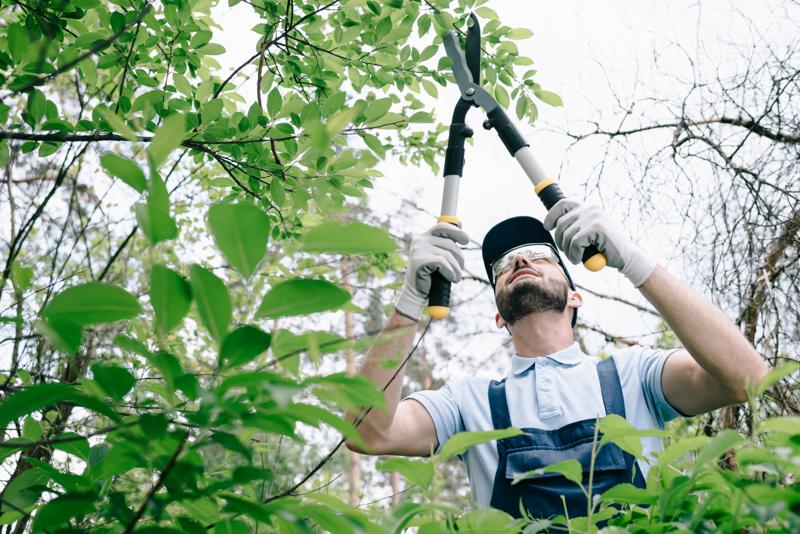This is the Ultimate Reference Guide Identifying Trees that are Protected Trees within Brisbane

Trees play an essential part in the environment as they provide shade, clean air, and aesthetic value to our surroundings. However, not all trees are identical and some are granted additional protection status, making it illegal to do any work without permission. If you’re considering having a tree removed it is essential to know the protection status of the tree you’re considering and the steps you need to take to ensure compliance with the laws. In this article, we’ll help you understand the process of discovering whether trees are protected and what you will need to do to ensure that you are following the law.
What is a protected tree?
A protected tree can be subject to specific legal restrictions, and it’s illegal to carry out works on a tree without obtaining the necessary permissions. There are two kinds of protection that a tree might have: statutory protection and preservation orders.
Statutory protection
As a matter of legal protection, trees are protected by the law, and they are subject to Tree Preservation Orders (TPOs). TPOs are issued by local authorities in order to protect trees of significant value to the public and to ensure that they do not get damaged or destroyed.
Preservation orders
Preservation orders are similar to TPOs but are issued by the Secretary of State for the Environment. Trees with preservation orders are considered to have exceptional value and are shielded from all work, which includes felling.
How can I tell when a tree is in danger?
To determine if the tree is protected, you must to determine if the tree is subject to the protection of a TPO or preservation or protection order. It is done by contacting the authorities in your area and asking them check their archives.
TPO search
To search for a TPO, you can contact the Tree or Woodland Official of the local authority. They will inform you whether the tree is in the protection. They will also be able to advise you on the next steps to take if the tree is protected.
Preservation order search
In order to search for a preservation order you’ll need to call the Secretary of State for the Environment. They will be able to determine if the tree is protected and provide you with the required information and guidelines.
FAQs:
What is the consequence if I do work on a tree that is protected without permission?
If you carry out work on a protected tree without the appropriate permits, you could be facing massive fines or even prison.
Can I appeal a TPO Or preservation or TPO?
Yes, you can appeal to a TPO or preservation or TPO if you feel it is unjustified. You will have to prove your argument and demonstrate why it is not necessary to appeal the TPO or preservation order isn’t necessary.
Can I remove a protected tree?
It is illegal to remove trees that are protected without the required permissions. If you need the tree to be removed, you will need to apply for permission and provide proof to back your claim.
Conclusion
To conclude, knowing if the tree is protected is a vital step in ensuring that tree work is legally completed. If you know the various types of protection and the best way to identify them, you can ensure that you are acting within the law and safeguarding the trees in your care. If you’re not sure about the status of protection for a tree, we recommend consulting an experienced tree expert like Expert Arborist Brisbane. Our arborists are experienced and will be able to inform you regarding the status of protection of your trees and walk you through the steps to ensure you are complying with the legal guidelines. With our experience and dedication to providing high-quality tree services we will help you maintain the beauty and value of your trees. Contact us now by phone at 1300 261 696 to schedule a appointment, and let us assist you to ensure that your trees are protected and healthy.





















